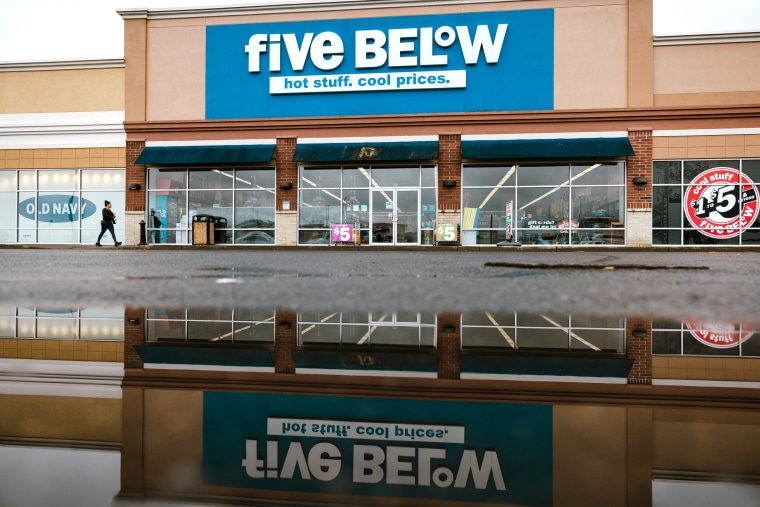Major Retailers Are Backtracking on Self-Checkout
In recent years, self-checkout kiosks have become a common sight in grocery stores, big-box retailers, and other major outlets. These automated machines were marketed as a way to streamline the checkout process and provide customers with a faster, more convenient experience. However, a growing number of retailers are now backtracking on their embrace of self-checkout technology, citing a variety of issues and concerns.
One of the primary reasons why retailers are moving away from self-checkout kiosks is the rise in theft and fraud associated with these machines. While self-checkout was intended to reduce labor costs and increase efficiency, it has also created opportunities for dishonest customers to exploit loopholes and avoid paying for all of their items. Retailers have found that losses from theft at self-checkout far exceed any savings gained from reduced staffing levels.
Another factor driving the reversal on self-checkout is the impact on customer service and satisfaction. Many shoppers have expressed frustration with the self-checkout process, citing difficulties in scanning items, dealing with technical glitches, and receiving inadequate assistance from staff. As a result, retailers are finding that the overall shopping experience suffers when customers are forced to use self-checkout kiosks instead of interacting with human cashiers.
Furthermore, some retailers are concerned about the societal implications of replacing human workers with machines. The shift towards automation in retail has raised fears about job losses and the erosion of the human touch in customer interactions. By removing cashiers and other frontline staff from the checkout equation, retailers risk alienating customers and weakening the personal connections that can drive brand loyalty and repeat business.
In response to these challenges, several major retailers have begun scaling back their use of self-checkout technology. Some are removing self-checkout kiosks entirely, while others are supplementing them with more traditional cashier lanes to provide customers with a choice between automated and human-assisted checkout. This shift in strategy reflects a growing recognition that self-checkout is not a one-size-fits-all solution and that a balance between efficiency and customer service must be struck.
While the future of self-checkout remains uncertain, it is clear that retailers are reevaluating their approach to automation in light of the issues that have arisen. By listening to customer feedback, addressing concerns about theft and fraud, and finding ways to maintain human connections in an increasingly digital world, retailers can create a more positive and sustainable shopping experience for all.
